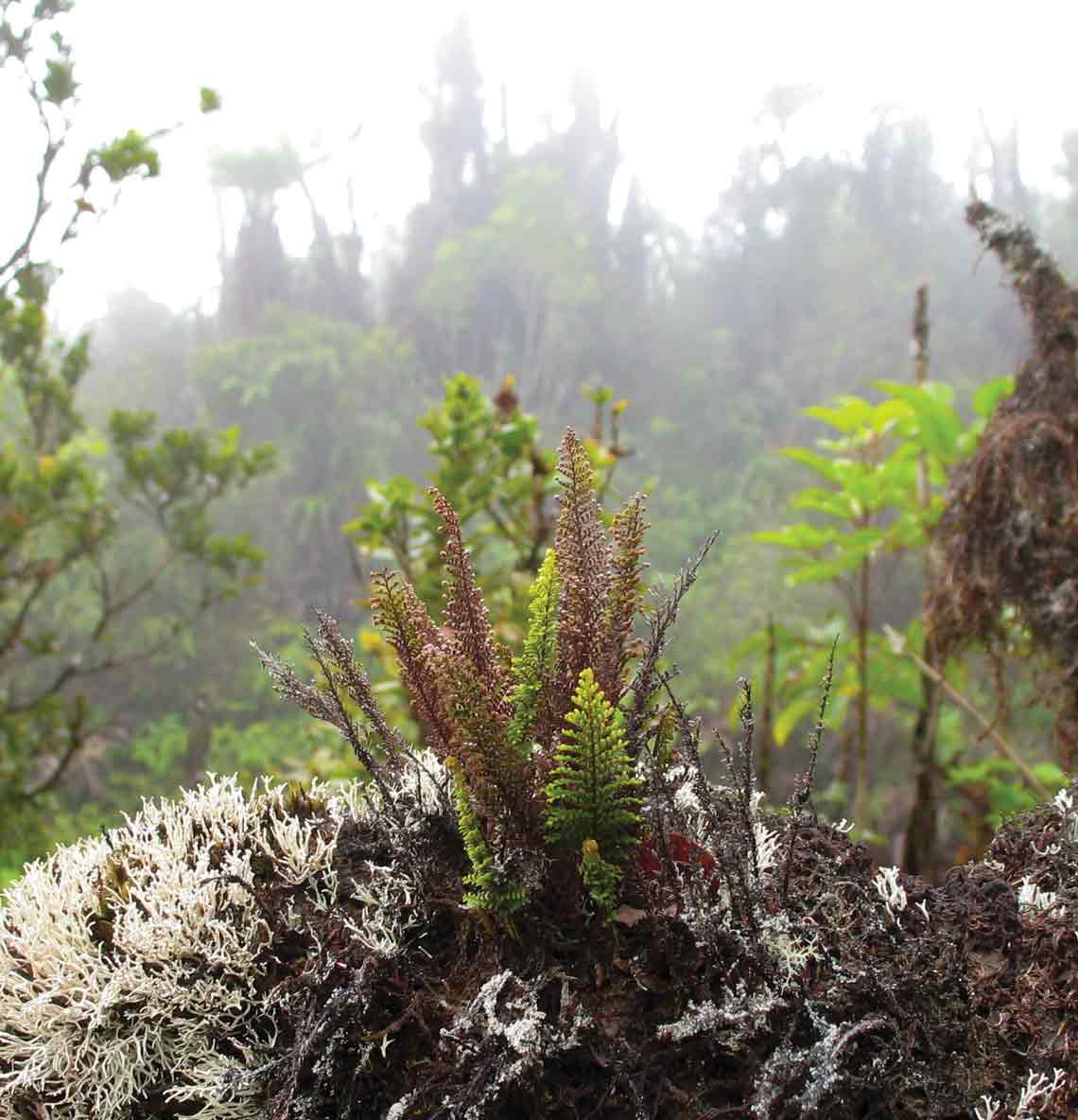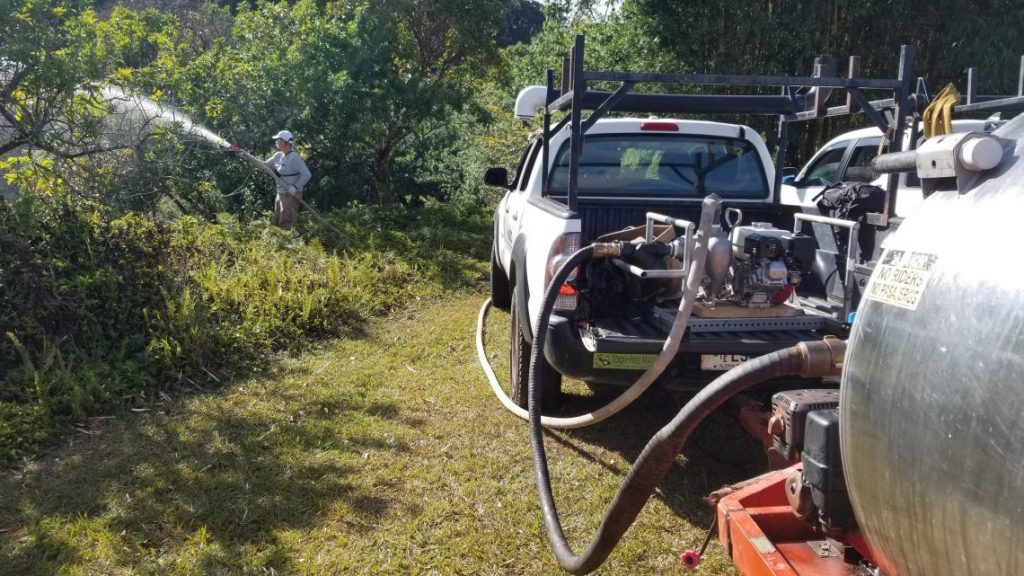
Effects of citric acid on the environment

When coqui frogs control efforts first began in Hawaiʻi, the University of Hawaiʻi College of Tropical Agriculture and Human Resources (UH-CTAHR) evaluated the efficacy of several different chemical control that could be used to control coqui frogs including citric acid, caffeine, pyrethrins, hydrated lime, and baking soda. Citric acid proved to be the most effective and safest chemical control. Currently, the only legal and Environmental Protection Agency (EPA)-approved agent for controlling coqui frogs is citric acid. MISC uses and encourages homeowners to use integrated pest management techniques including habitat reduction and physical barriers to address coqui frogs.
MISC uses a 14% solution of citric acid and water to control coqui frogs. MISC also provides powdered citric acid or the same 14% solution to residents for use in their own yards. Given that potentially thousands of gallons of citric acid solution are used in Maui each month, knowing that citric is safe for the environment and for people is a priority. Find answers to some frequently asked questions below:
What is Citric Acid?
Citric acid is naturally occurs within the tissues of many plants (such as citrus fruit and pineapples) and is a key component of metabolic processes like the Krebs cycle. It is widely used in household cleaning products and can also be found in many soft drinks and processed foods. The citric acid MISC uses comes as a powder and is then mixed with water to make the 14% solution.
Are there risks associated with using citric acid?
- Citric acid poses little risk to the environment.
The Environmental Protection Agency (EPA) has classified citric acid as “Generally Recognized as Safe.” or “GRAS.” Citric acid breaks down quickly when it comes in contact with naturally occurring organisms found in surface water and soil and does not accumulate. According to the EPA “no significant adverse effects to humans or the environment are associated with the proper use of citric acid as a pesticide.”
- Citric acid is a skin and eye irritant.Direct contact with citric acid should be avoided as it is classified as a severe eye and moderate skin irritant. Our field crews wear PPE such as long pants, closed-toe shoes, long sleeves, and gloves while spraying and mixing citric acid solution. They also carry water to rinse off with or flush their eyes if needed. Due to the risk of irritation based on direct exposure to citric acid MISC staff avoids spraying near where animals are kept and recommend that pets be kept indoors with the windows closed if active citric spraying is happening nearby.
- Some plants are sensitive to the citric acid solution.
Citric acid must touch the coqui frogs’ skin in order to be effective which requires that plants in the area be liberally sprayed with the citric acid solution. According to testing performed by UH-CTAHR most plants are able to withstand this treatment with no ill effects but some plants have been shown to be sensitive and will drop their leaves. Sensitive plants include, but are not limited to, mock orange, orchids, air plants, anthurium, calathea, and streptocarpus. MISC takes care to avoid these plants and if they are inadvertently sprayed they are immediately rinsed with fresh water.
- Only frogs and soft-bodied invertebrates are critically affected by citric acid.
Citric acid controls coqui frogs by absorption through the skin which quickly and humanely kills coqui frogs. Greenhouse frogs, another non-native species, are also killed if they come into contact with citric acid. Other soft-bodied invertebrates such as slugs, snails, and worms may be similarly affected, but only for a short amount of time as citric breaks down quickly. Insects and other animals do not absorb citric acid through their skin and while they may be temporarily irritated by the spray, they are no long-term impacts. Researchers have looked into this as well; a 2014 study by Pitt et al found that endangered Hawaiian Hoary Bats are at low risk for harmful exposure to citric acid.
How is citric acid made?
Citric acid can be created through a few different methods including extraction from lemon juice, chemical synthesis, or through microbiological fermentation of molasses and sugar solution. Worldwide, the vast majority of citric acid is produced through the microbiological fermentation method with negligible amounts produced by extraction or chemical synthesis. The citric acid used by MISC is produced through this microbiological fermentation method. Additionally, the citric acid that MISC uses currently is certified non-GMO, it may be used in organic agriculture or food production and is kosher and halal certified (certificates available upon request).
Let us know your questions!
If you have more questions about how we control coqui frogs at MISC please get in touch with us. We are always happy to answer questions from the community. Please send an email to mischelp@hawaii.edu.
Sources used in this webpage:
- CTAHR – Control of Coqui Frogs in Hawai’i
- US EPA – Pesticides – Fact sheet for citric acid and salts
- 2002 Response of Plants Following a Foliar Application of 25% Citric Acid. University of Hawaiʻi – College of Tropical Agriculture and Human Resources & Hawaiʻi Department of Agriculture.
- Final Environmental Assessment Caribbean Tree Frog Control in the State of Hawaii
- Potential citric acid exposure and toxicity to Hawaiian hoary bats (Lasiurus cinereus semotus) associated with Eleutherodactylus frog control.
- Krebs cycle
- HERA – Human and Environmental Risk Assessment on ingredients of Household Cleaning Products Substance: Citric Acid and salts
